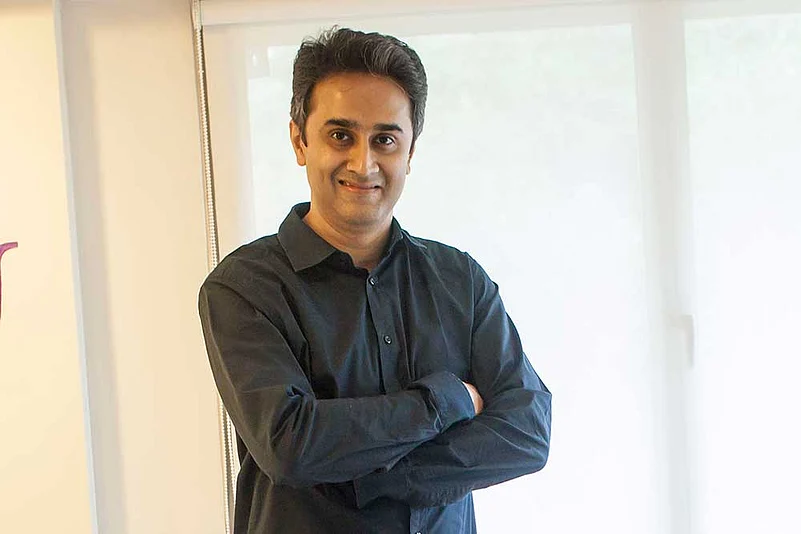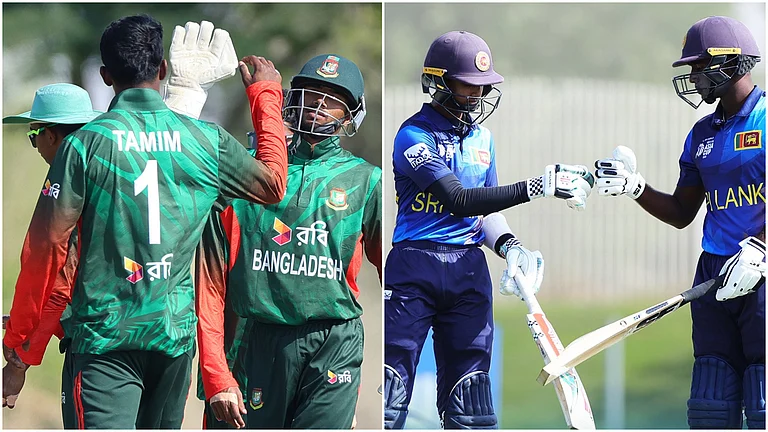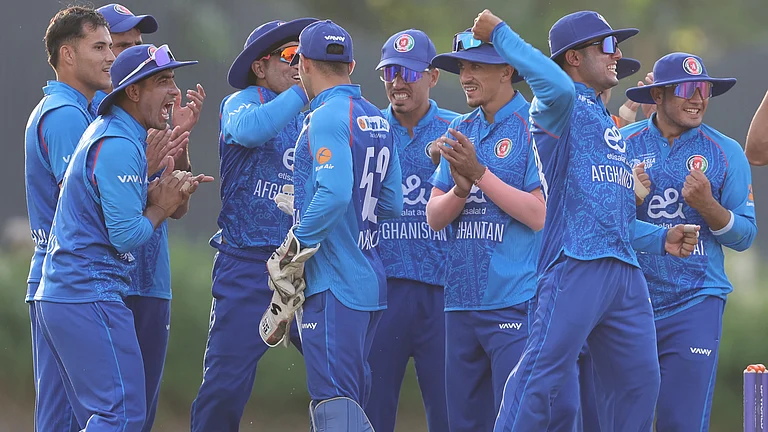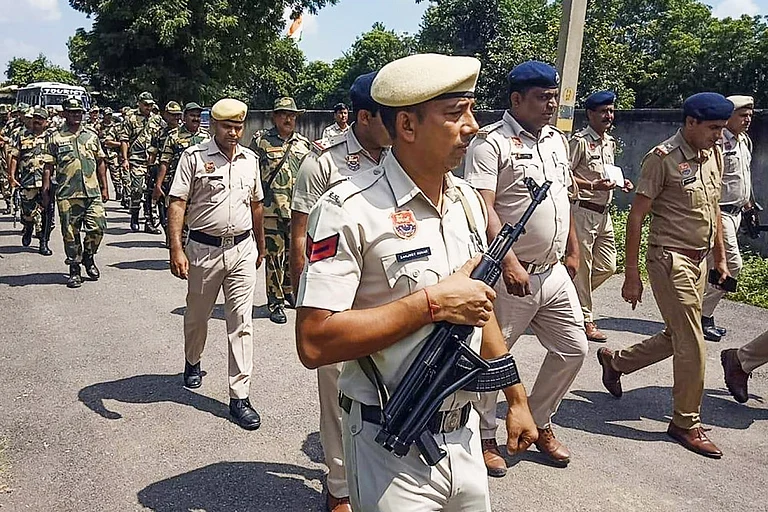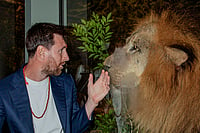Not all who wander are lost, said Tolkein, giving false hope to those of us who meander through life, wondering what the point of it all is. Hindsight helps, though. It shows you, for instance, that years spent in a soul-sapping job were not entirely futile. That contrary to your understanding at the time, the whole point of the job was not career advancement but the forging of fellowship with other inmates in corporate Middle-earth. Years of captivity in windowless cells (OK, cubicles) can create strong bonds with co-conspirators. Together you hatch plans to escape the asylum and one by one you flee. Then, if you’re lucky, one glorious day, ten years later, you might find yourselves reunited on a mind-bogglingly turquoise beach, not unlike one in the closing sequence of The Shawshank Redemption. And so it came to be that four former colleagues were reunited in Christchurch for a road trip around New Zealand’s South Island.
We spend our first night on a farm stay in Kaikoura, a few hours’ drive north of Christchurch. Newspapers the following morning are scathing in their criticism of a referendum to change the national flag. It cost over $26 million and ended the previous evening with New Zealanders voting in favour of making no change. Opinion pieces tear into what they call Prime Minister John Key’s failed ‘legacy project’. An elderly farmhand tells us that Key underestimated the sentimental value Kiwis have for a flag that has been with them for over a century. When I try to needle him, asking if the confusing similarity with the Australian flag isn’t a good reason for a change, he says, “We might like to make fun of the Aussies, but they are our closest cousins. And we only have each other here at the end of the world.”
The next day we’re on a boat at dawn, gaping in awe at wild dolphins leaping joyously out of the ocean. These gentle creatures are the only native mammals we will see in NZ. Except for two species of bats, there are no other land mammals indigenous to New Zealand. In the complete absence of predators, the country’s many endemic bird species, including the eponymous kiwi, have never had an evolutionary reason to learn how to fly. European settlers brought most present-day land mammals with them. Rabbits, foxes, stoats, and sheep arrived by the shipload. Not surprisingly, predators unleashed by reckless human intervention have rendered a number of rare bird species extinct. The irony is that kiwi conservation is a key priority in Kiwiland.
The Maori name for New Zealand—Aotearoa, most commonly translated as “land of the long white cloud”—might seem odd for a country renowned for the beauty of its land. But the sky in New Zealand is a more than equal partner in adding to the visual spectacle. Dramatic low-lying and, well, long white clouds hover close above the land all over South Island. However, it is the dazzling night sky, seen most unforgettably from Lake Tekapo (rated as one of the best spots in the world for stargazing), that is my most vivid memory of the trip. Ablaze with an unfathomable number of stars and constellations, it truly is the magnitude of the universe that confronts you when you look up at night. There’s no way a regular camera can do justice, which is just as well. It is a sacred sight, one that puts our utterly inconsequential place in the grand scheme of things into the right perspective. Yes, it’s hard to argue with Kipling’s assessment that Milford Sound is the eighth wonder of the world. And yes, Queenstown is pretty in a preening, self-conscious way (the nearby towns of Wanaka and Arrowtown are far more charming). But to visit South Island without experiencing the full glory of its night sky would be to miss what is arguably one of the world’s great sights.
New Zealand is reminiscent of other gorgeous parts of the world, only better. It is coastal California without the pretentiousness, the Swiss Alps without the language barrier, a tropical wonderland without the humid weather. There’s a hallowed, spiritual quality to the land and a softness to the people that’s hard to get your head around. Our cynical, aggressive world needs gentle, soulful places like New Zealand to be preserved with care—swaddled tightly by long white clouds in the day, and unwrapped tenderly for the universe every starry, starry night.
I discovered the politically incorrect nomenclature of Queenstown burgers: Cockadoodle Oink (chicken & bacon), The Codfather (blue cod), Holier Than Thou (tempered tofu), and Bun Laden (falafel patties)!
Mumbai-based Satyam Viswanathan is a consumer researcher and part of the founding team at Junoon Theatre
E-mail your diarist: satyamv [AT] gmail [DOT] com






